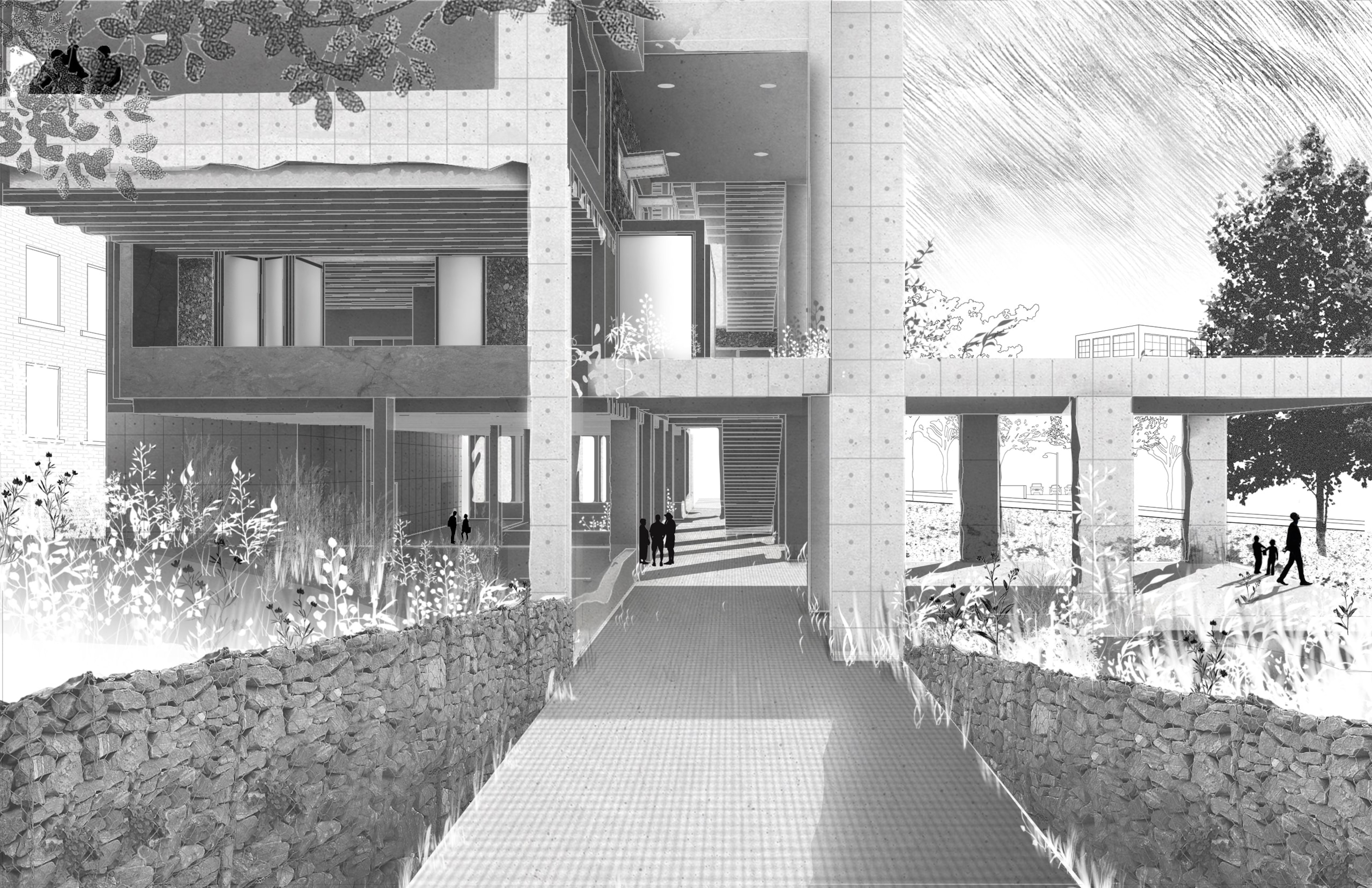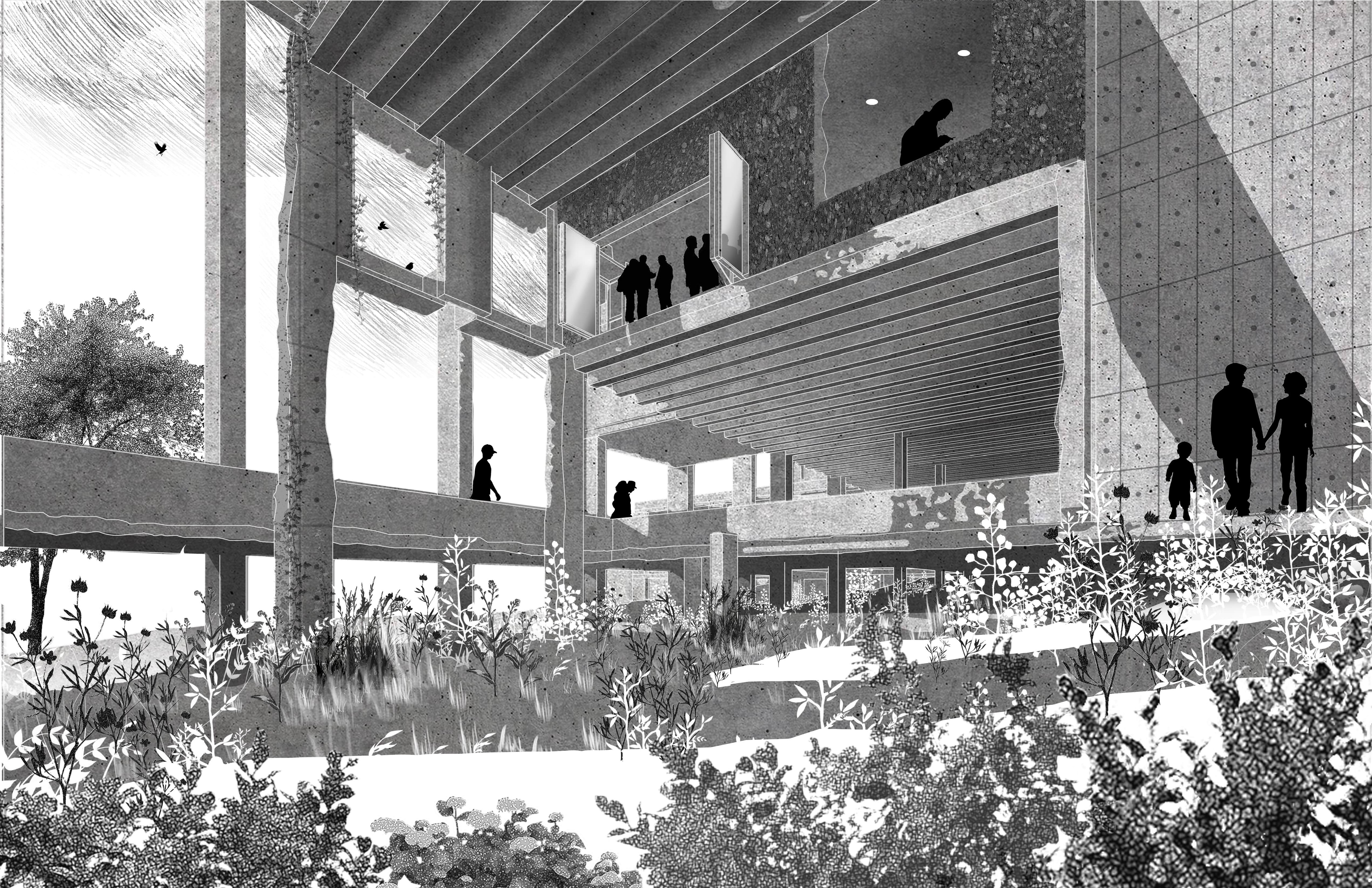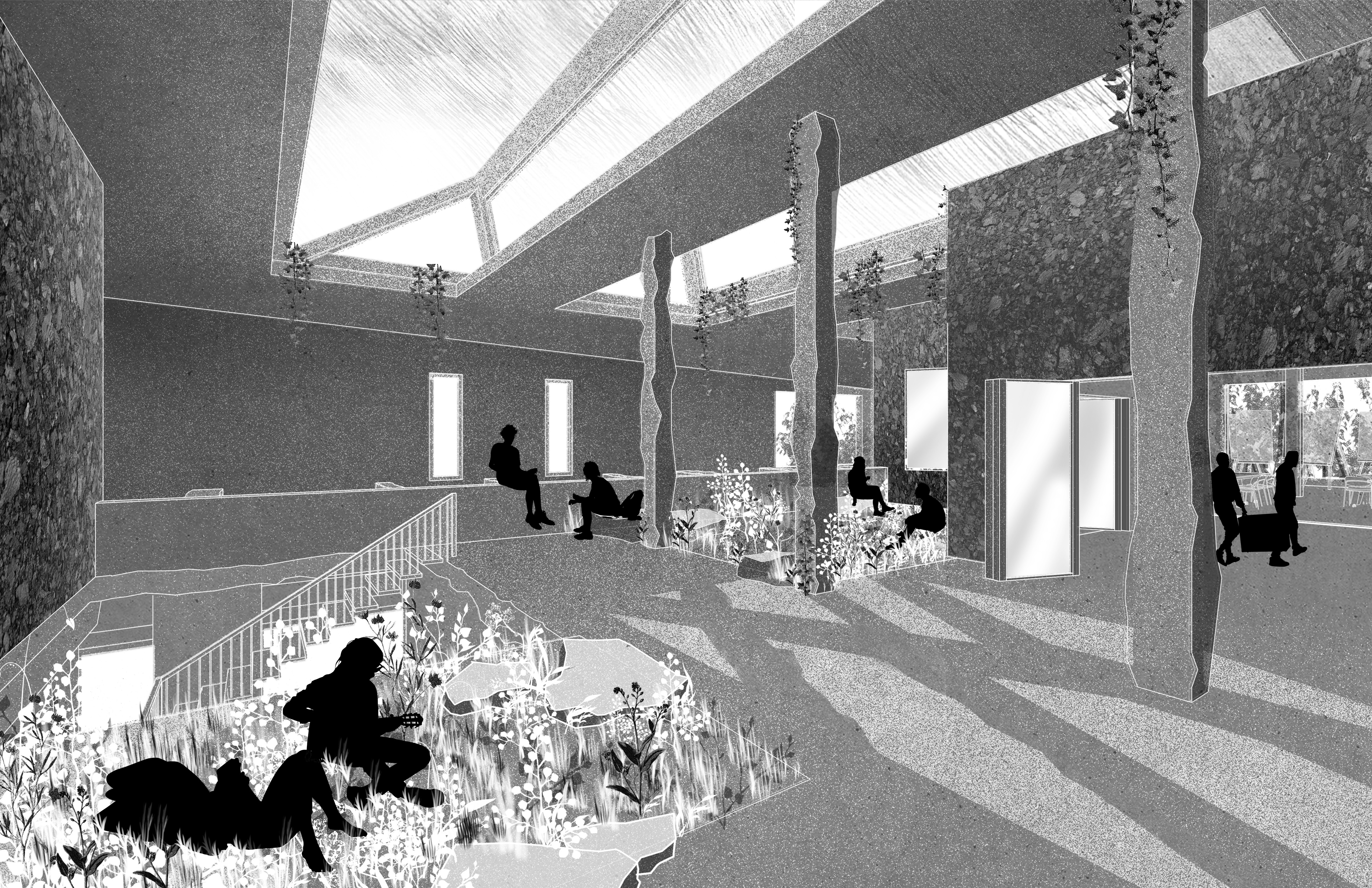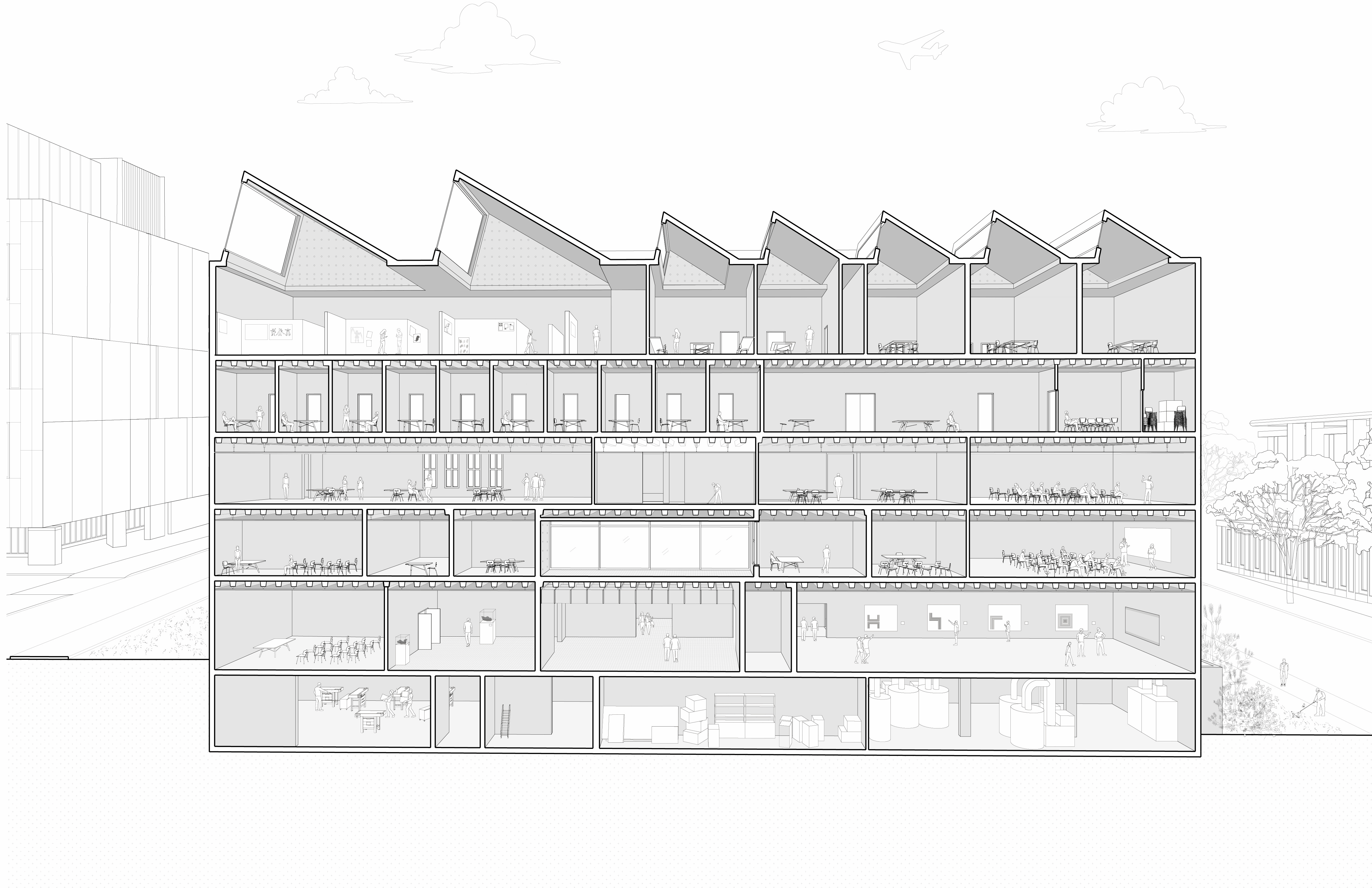
As we move further into the Anthropocene — an epoch of geologic time where human activity has caused significant impact on the planet’s natural systems — we can no longer ignore the environmental consequences of our actions. The artificial disconnect between humankind and wilderness has caused us to create built environments that reinforce a false separation from natural landscapes.
Modern architectural movements push us towards surroundings that create disconnect from our sensory relationship to matter and temporality. We must engage with the inevitable decay of the built environment to restore our neglected senses. Reconnecting architecture to local ecologies through adaptive reuse will introduce a true form of landscape urbanism through which architecture and nature become codependent, contributing equally to the human experience.
The constructive disintegration of Philip Johnson’s List Art Building at Brown University in Providence, RI explores methods to repair sensory connections, restore environmental balance, and critically engages with architecture's singular narrative of control throughout history. Catalyzing decay to break the building’s rigid geometry creates a more porous structure and fluid human experience, while micro-interventions allow non-human cultures to consume the building over time: reconstructing this monolithic Brutalist structure to reveal layers of history, cultures, and materiality.
virtual grad show publication 2021
historic analysis - man’s relationship to nature

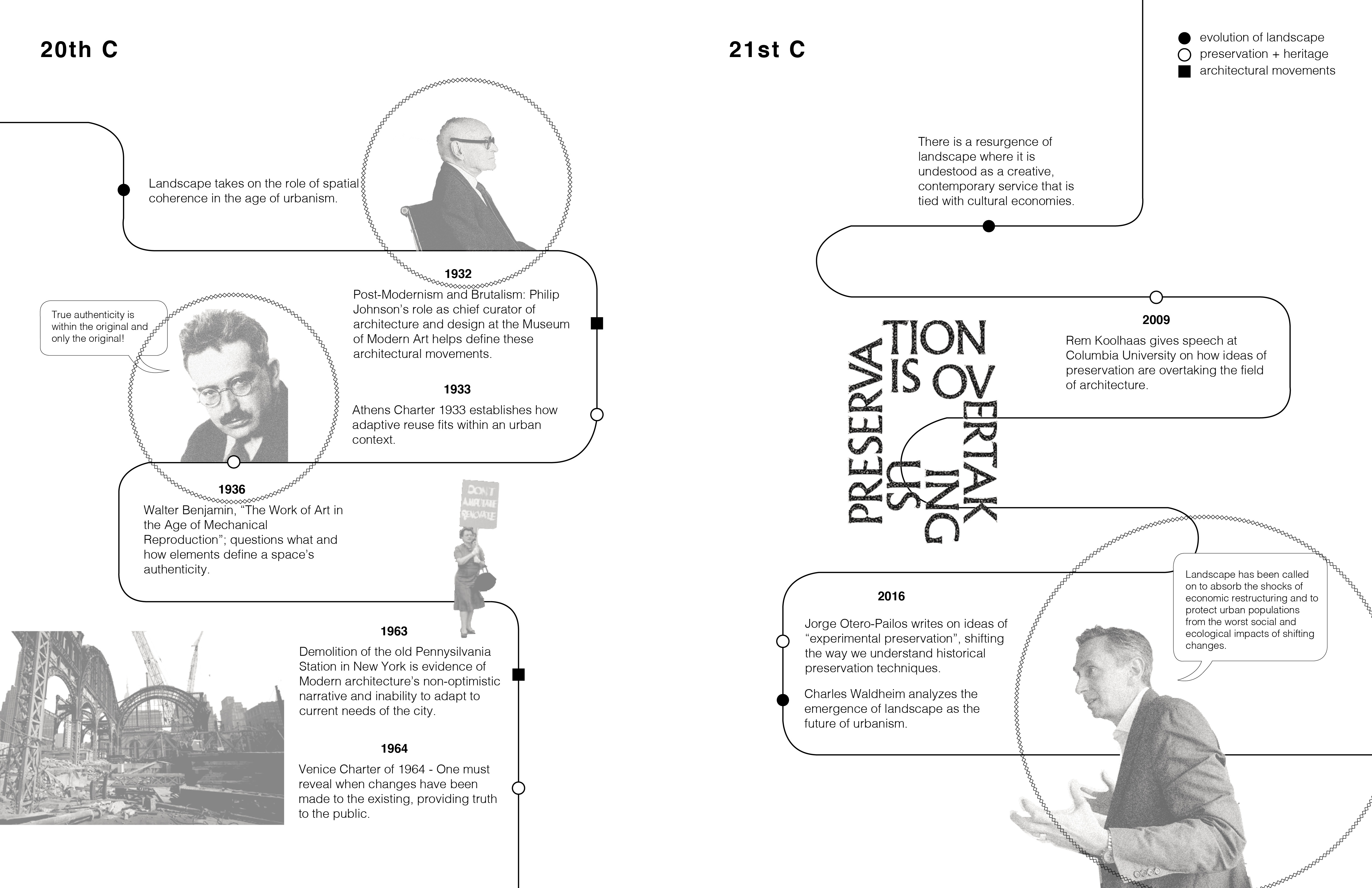
site : philip johnson’s list art building
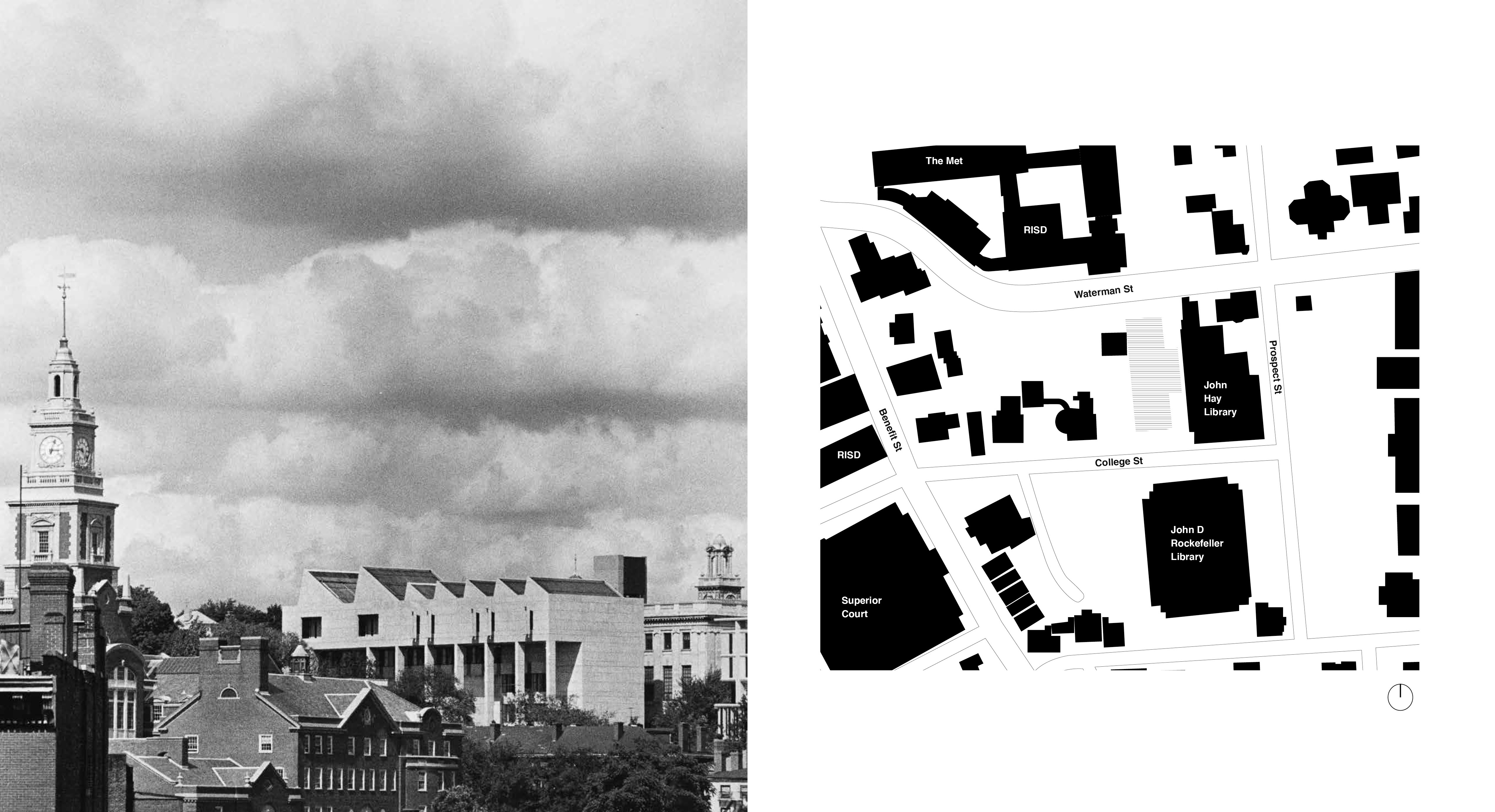


*philip johnson’s personal political views manifest into his architectural designs and curations at the museum of modern art, resulting in the legacy of modernism which we see today. the field of architecture must address this unethical foundation of the discipline through the adaptive reuse of modernist buildings which do not represent the social values architecture ebodies today.
design strategy: constructive disintegration

*architecture must move into more fluid structures of hierarchy which results in more flexible ideas of what program is or how program should be perceived. spaces should be designed for collective collaboration and open up to the city: elevating the user from pedestrian to citizen.
progression of interventions

plans
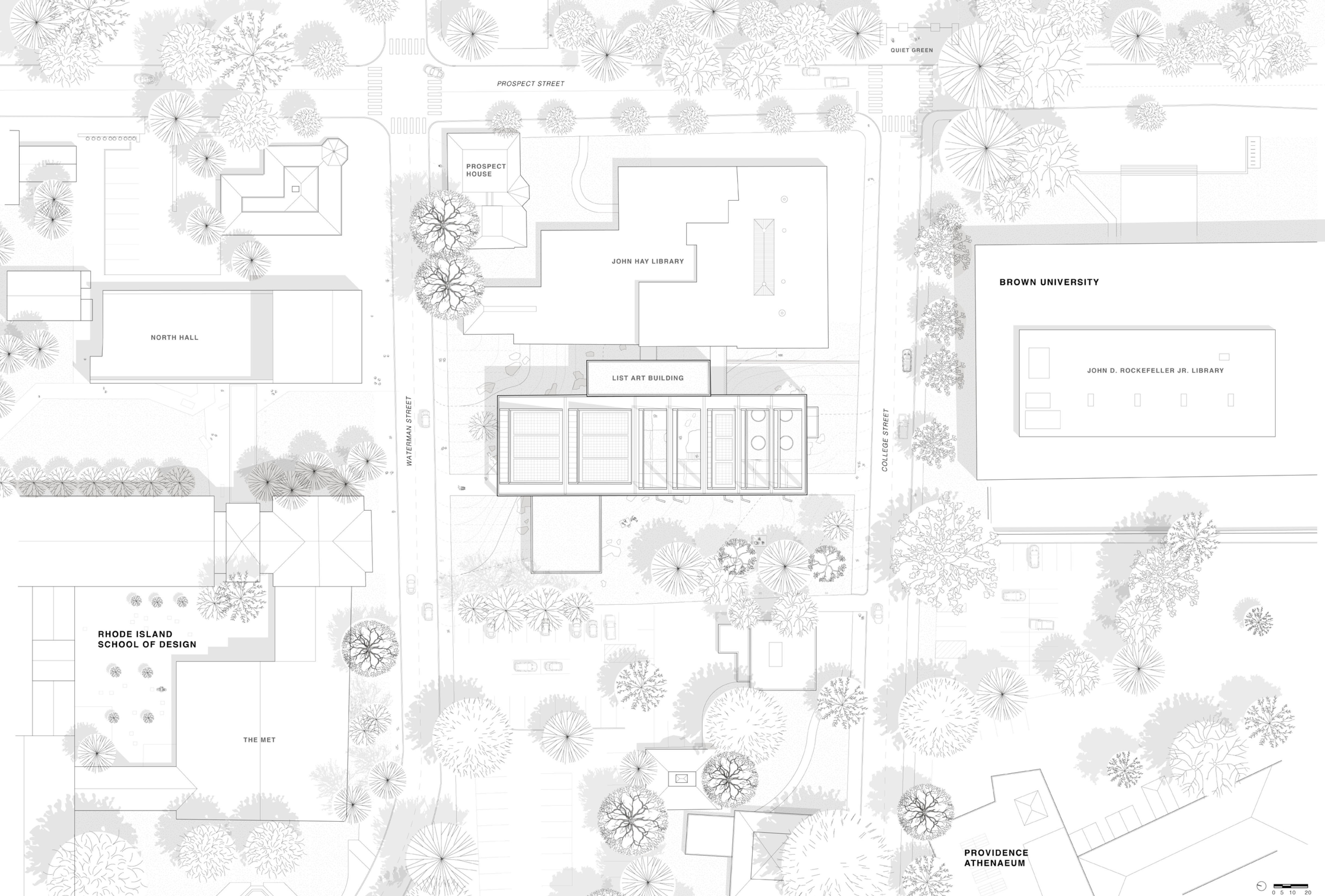

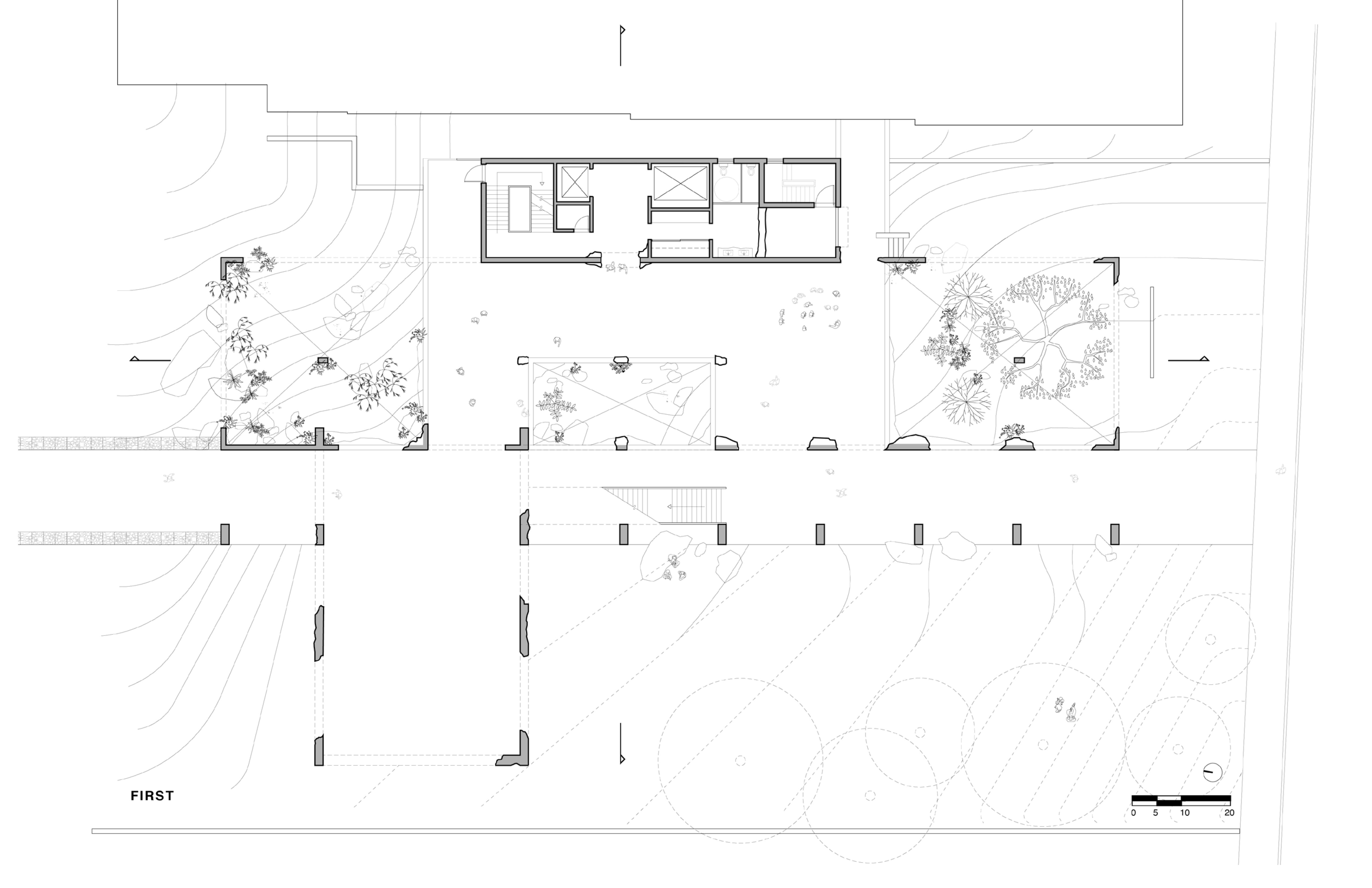



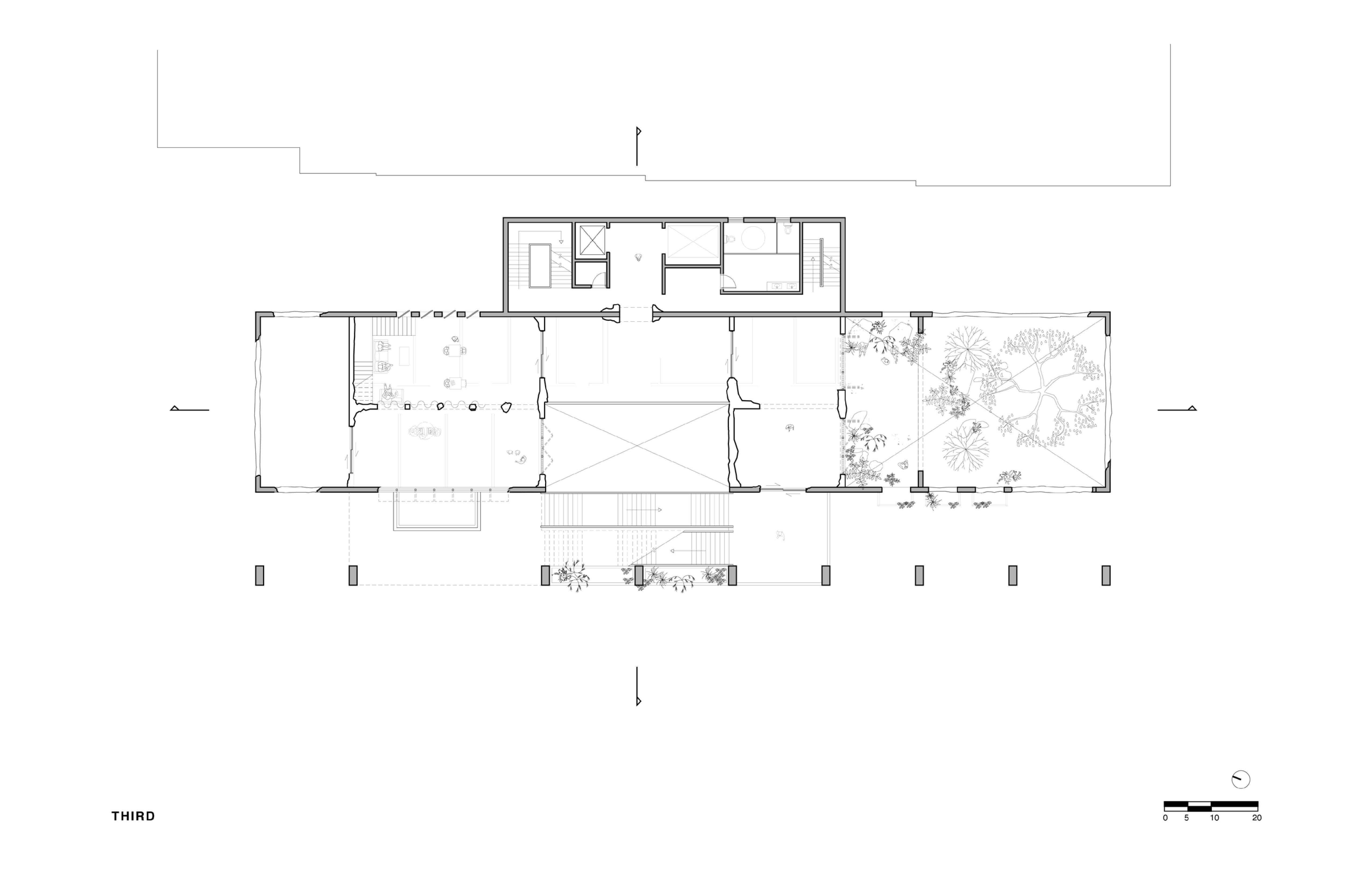

spatial typologies

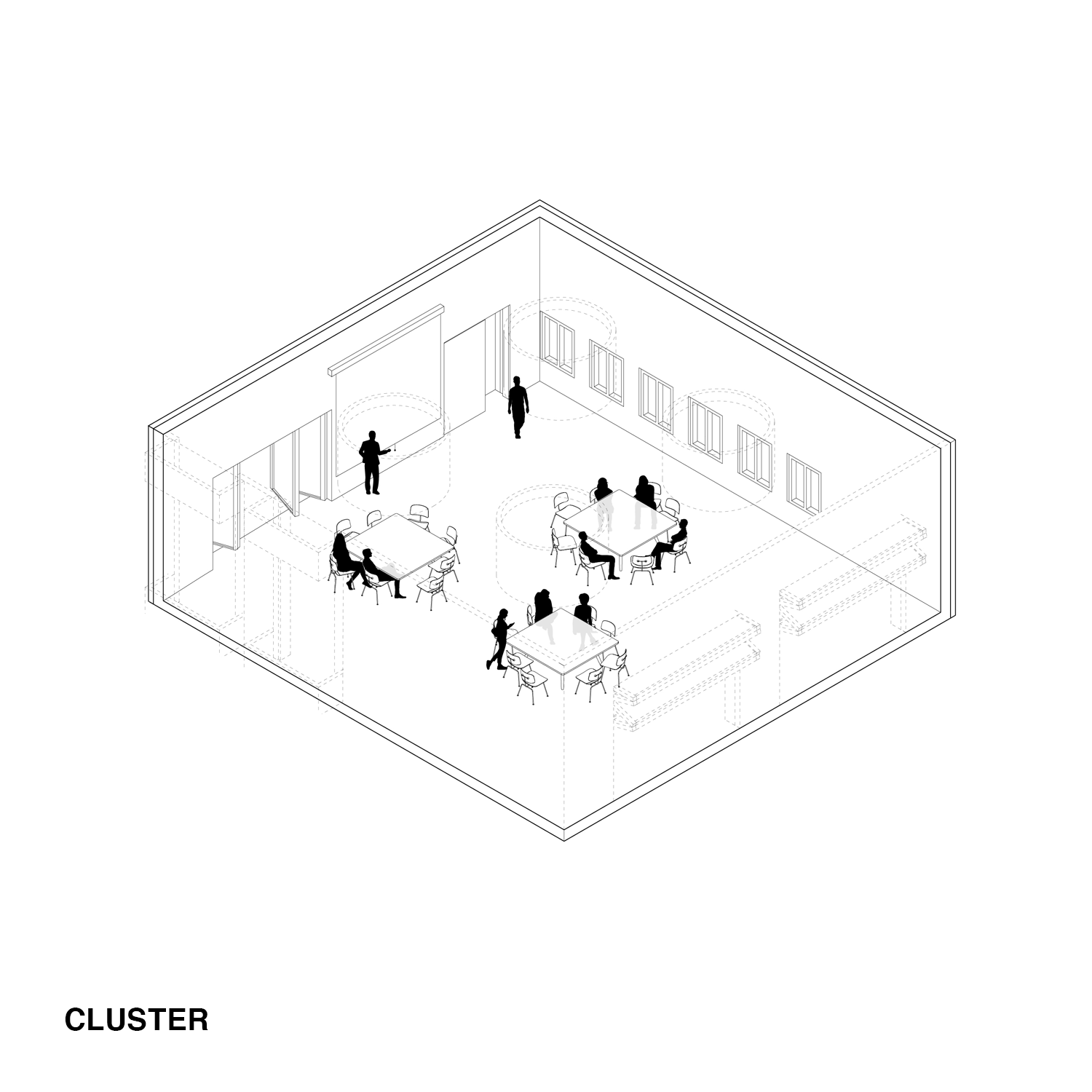
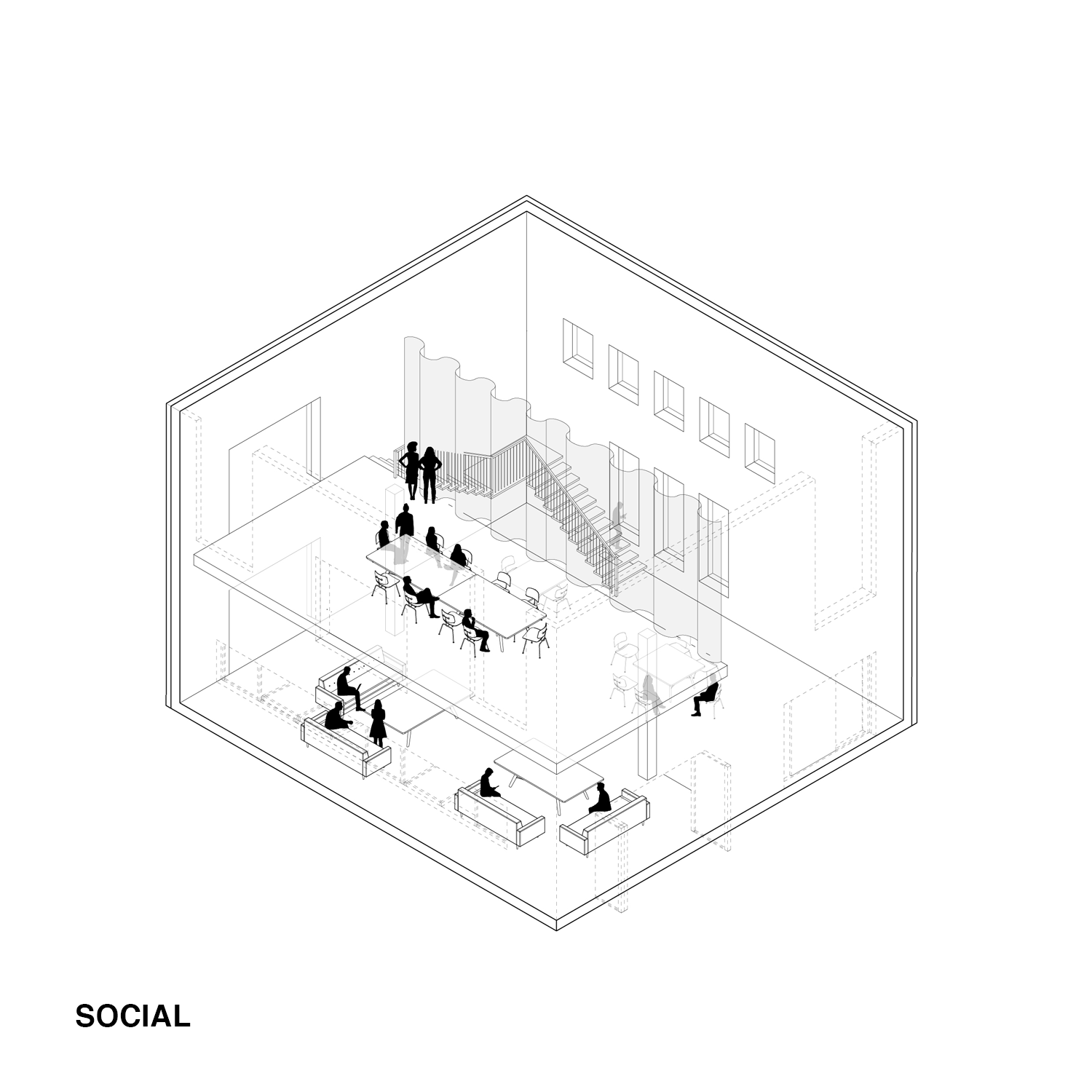
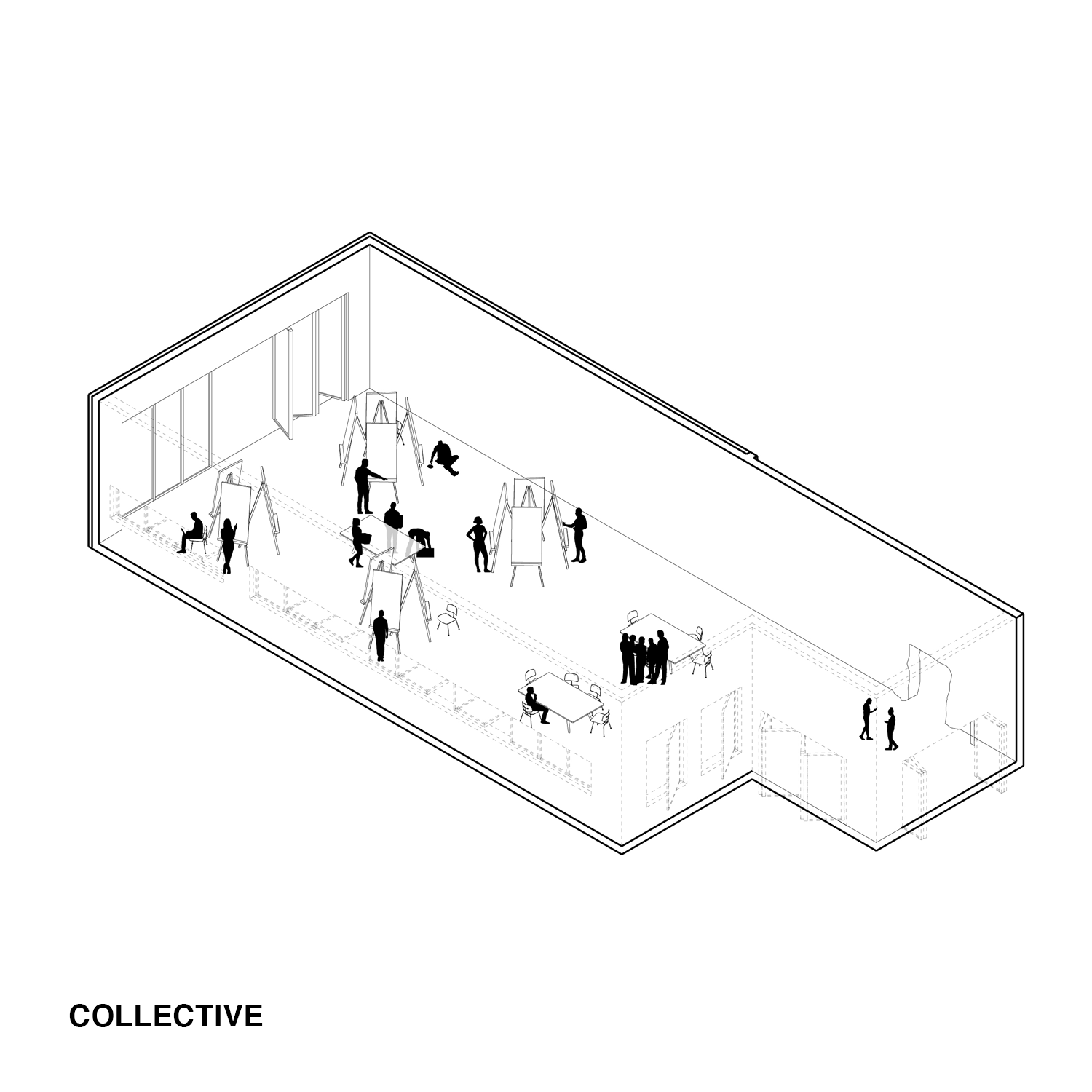
environmental stewardship

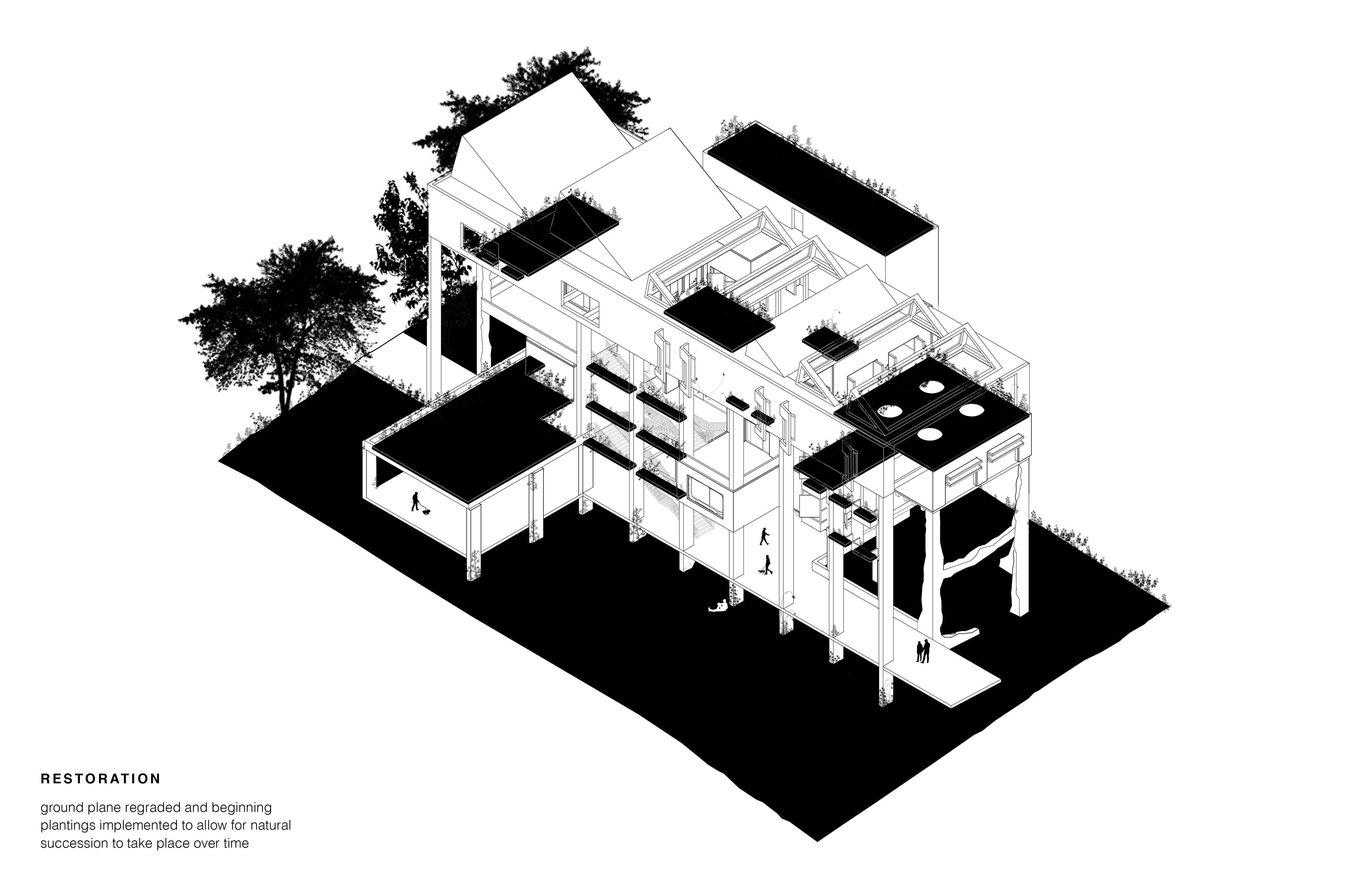


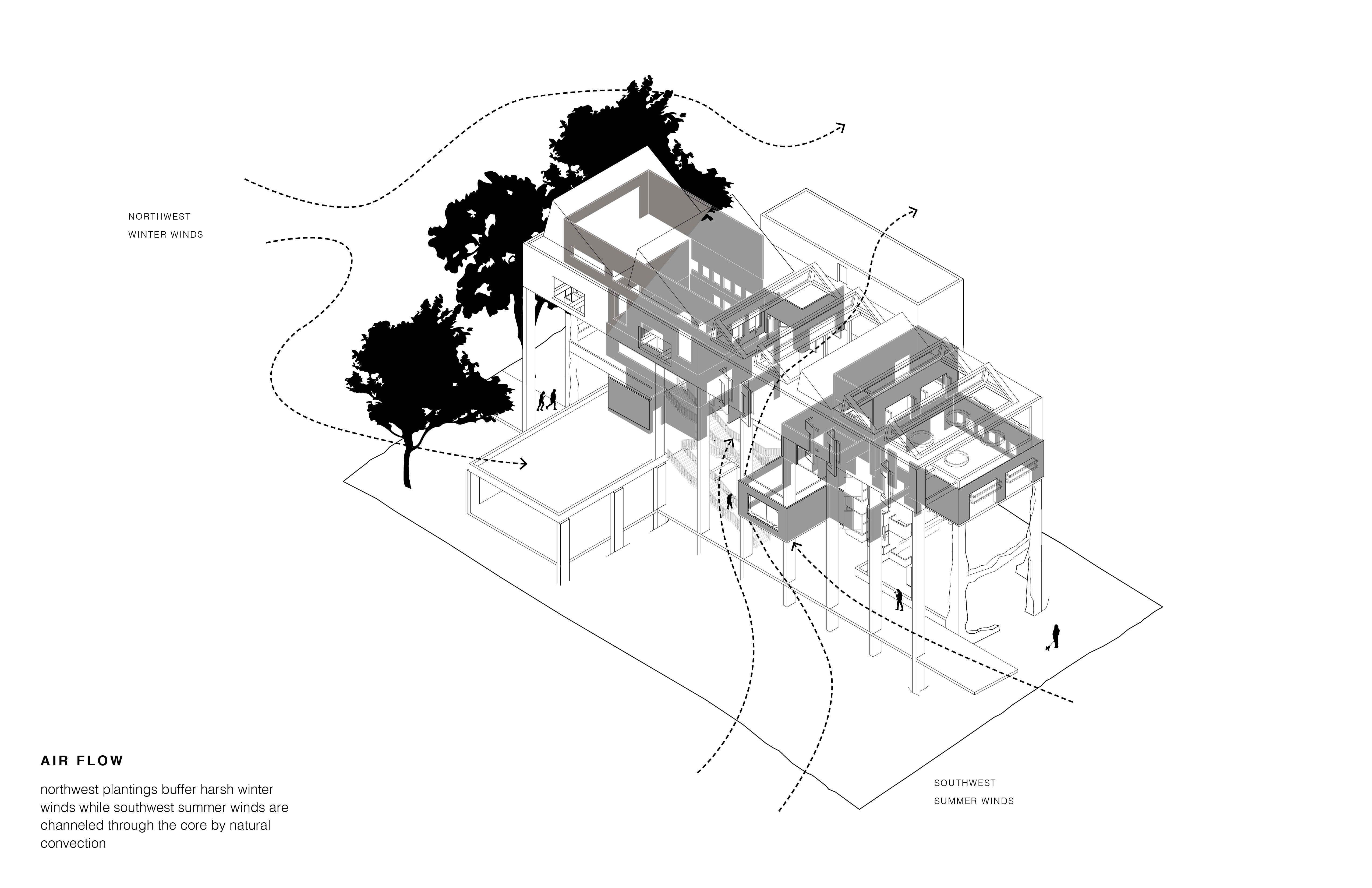

views
